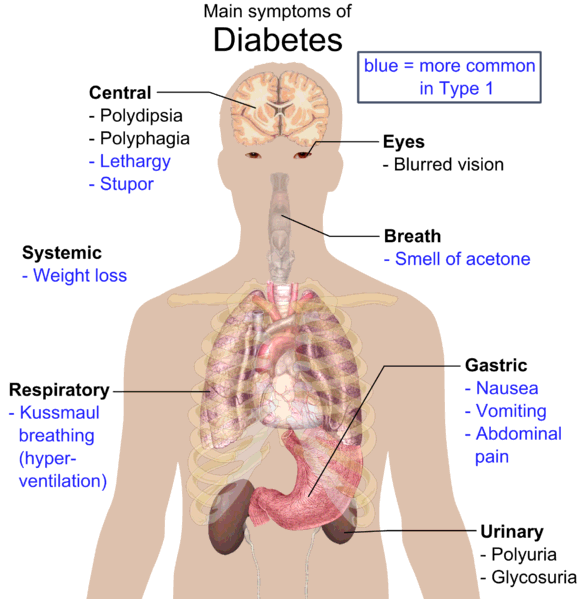A short background of 2012
The year 2012 for you and your family has been a roller coaster ride, if I may call it. Job challenges, financial difficulties, debts, health issues and the most tragic part the death of your beloved mother.
Fear of loved ones death
I wouldn't elucidate on the tragic part so much as this stage in your life also makes me vulnerable. Maybe when you completely get over this, you can write another article to inspire and touch other people's lives by your experience.
Depression
Your heart is crying quietly and you are teary-eyed every time your mother's last days knocks on your thought. I would imagine how miserable your heart is when it stays in your mind. I think it is called depression. You need to learn to get out of it and accept. Otherwise, you will make people around you also feel miserable. Remember they also need you.
Acceptance
After the storm the sun will shine again, it's the cycle of life. You cannot put all your might in fighting this temporary thing, you can only accept, learn from it, move on, invest on what matters most and prepare for the afterlife which is eternal. Otherwise if you do, you will only use up all your power and still end up a loser. You need to realize that life is full of tests, and this challenge is just one of them. Overcome this stage and be a victor.
Friendships
Be strong. You are not alone. We are here. We love you. We are here to support you. God is Good. Keep the faith. These are some words from friends and loved ones to cherish. Not only that it helps you get a sense of life, but most of all it says you are not alone. Cherish life and treasure friends & loved ones.
Discoveries
You see? Every painful events in your life makes you stronger. This is also the time where you feel most comforted by your friends and loved ones.They are gifts from God to you.
Gratitude
Community makes all the difference and you have filled my heart with more purpose than you know. Thank you for all your support, creativity, ideas and for making connections.
Compass for 2013
I know you like to help, inspire and touch other peoples lives specially those who needs the most. Think of Hope, Passion, Love, Prayers, Life, Faith, Gratitude and Breaking Passivity as your compass for 2013.
With that in my heart, I wish you, your family, your loved ones and friends all the best for 2013.







